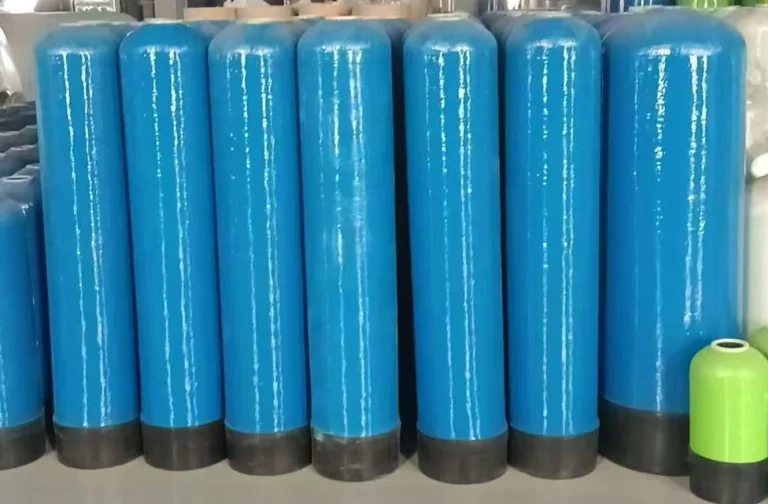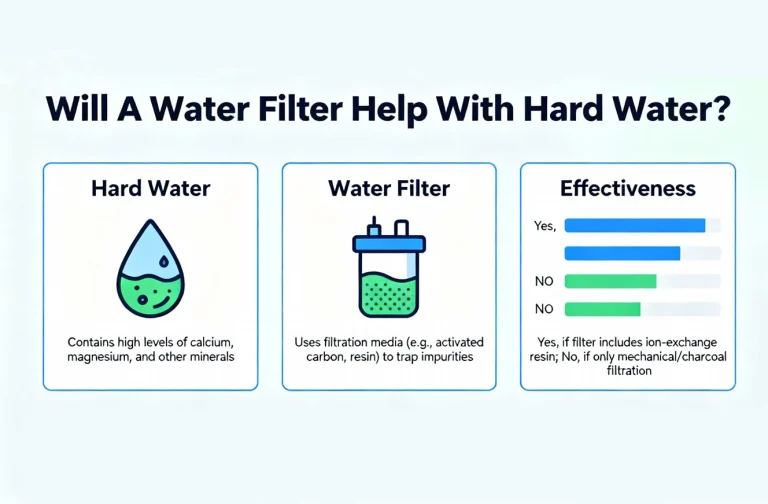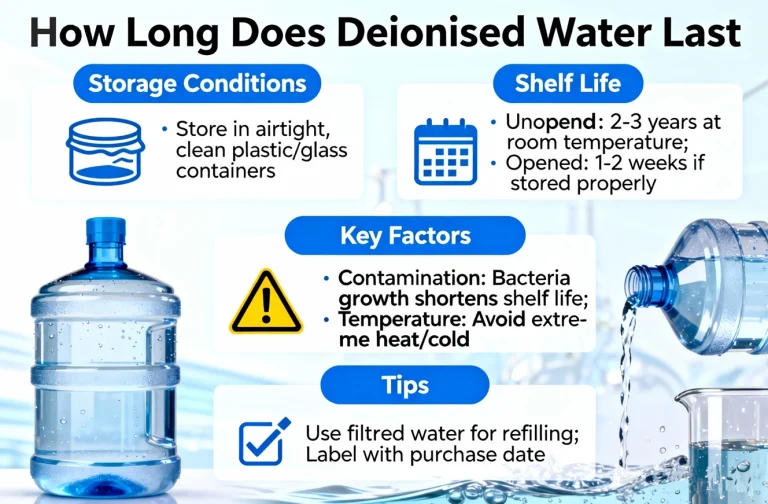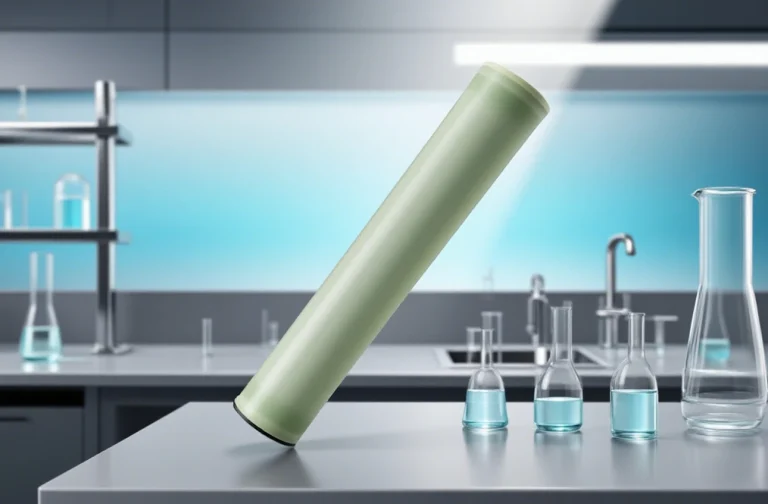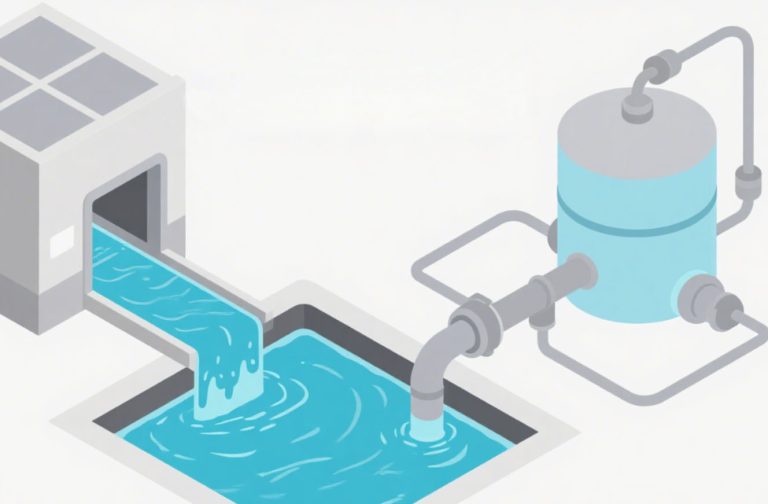BasideWT- Whole Home Water Filtration System & Replacement

Why Choose a Whole House RO System? Benefits, Costs & Installation
Water quality affects every aspect of daily life. Many households deal with contaminants, unpleasant taste, or mineral buildup. A whole house reverse osmosis (RO) system provides a complete solution by treating all the water entering your home. Unlike point-of-use filters, it ensures every faucet, shower, and appliance receives purified water. This article explores the benefits, costs, and installation process to help you decide if a whole house RO system is right for your family.
What Is a Whole House RO System?
A whole house RO system is a water purification unit installed at the main supply line. It uses reverse osmosis membranes to remove contaminants before water enters the household plumbing. The system typically includes pre-filters, a storage tank, and sometimes a booster pump. Unlike countertop or under-sink RO filters, this solution covers the entire property. Every outlet delivers water free from chlorine, heavy metals, and dissolved salts. This makes it ideal for families who want consistent water quality throughout their home.
How It Works
The process starts with sediment and carbon filters to capture dirt and chlorine. Water then passes through semi-permeable membranes that separate pure water from dissolved solids. The purified water is stored in a pressurized tank and distributed across the house. Wastewater from the system is flushed out through a drain line. While this process requires more space and investment than smaller filters, the result is cleaner water everywhere—from kitchens to bathrooms.
Key Benefits of a Whole House RO System
Cleaner, Safer Water
One of the strongest reasons to install a whole house RO system is safety. It removes harmful contaminants such as lead, arsenic, nitrates, pesticides, and volatile organic compounds. Families gain peace of mind knowing that drinking, bathing, and cooking water is free from dangerous impurities. This is especially important in areas with poor municipal supplies or private wells with inconsistent quality.
Better Taste and Odor
Tap water often contains chlorine or sulfur compounds that affect flavor. With a whole house RO system, these are eliminated before reaching your glass. Many users report water tasting fresher and food prepared with purified water having improved flavor. Even coffee and tea benefit from the absence of dissolved minerals and chemicals.
Protects Plumbing and Appliances
Hard water and contaminants cause scale buildup in pipes, heaters, and washing machines. Over time, this leads to expensive repairs or replacements. A whole house RO system reduces scaling by removing minerals such as calcium and magnesium. This extends the lifespan of appliances, improves efficiency, and lowers energy bills.
Healthier Skin and Hair
Chlorine and other chemicals in water can dry out skin and hair. With RO-purified water, showers and baths feel gentler. People with sensitive skin or conditions such as eczema often notice relief after switching. This benefit extends to laundry as well, since clothes come out softer and colors last longer.
Costs of a Whole House RO System
Initial Investment
The price of a whole house RO system varies widely depending on size and features. Basic systems may start around $1,000, while advanced models with larger capacity and smart monitoring can cost over $10,000. Additional expenses may include water storage tanks, pumps, and plumbing modifications.
Operating Costs
Besides the initial purchase, ongoing expenses should be considered. Pre-filters must be replaced every 6 to 12 months, while RO membranes typically last 3 to 5 years. Electricity may be required for pumps, and wastewater management may add utility costs. On average, households spend a few hundred dollars per year on maintenance.
Long-Term Savings
Although the upfront cost seems high, savings build over time. Families spend less on bottled water and reduce appliance repairs caused by scale. Many also notice lower energy bills since heaters and dishwashers operate more efficiently with clean water. Over ten years, the investment often pays for itself.
Installation Process of a Whole House RO System
Professional vs. DIY Installation
Due to the complexity of connecting to the main supply line, most homeowners hire professionals. Certified installers ensure proper sizing, sealing, and pressure adjustments. While DIY installation is possible for skilled individuals, mistakes may lead to leaks or reduced performance.
Key Steps in Installation
The process begins with a site evaluation to determine space requirements and water pressure. Next, pre-filters are connected to remove large particles. The RO membrane housing and storage tanks are installed, followed by pumps if needed. Finally, the purified water line is linked to the home’s plumbing, ensuring every tap receives treated water.
Maintenance Requirements
After installation, regular upkeep is crucial. Filters should be replaced on schedule, tanks inspected, and membranes flushed. Many systems include monitoring devices to alert users when maintenance is needed. Following these steps keeps the system efficient and extends its lifespan.
Is a Whole House RO System Right for You?
Not every household requires such a comprehensive solution. For small families or those with good municipal supplies, under-sink filters may be enough. However, if you rely on well water, live in an area with high contaminants, or want the highest water quality throughout your home, a whole house RO system is a strong investment. It offers unmatched purity, protects your property, and improves daily living.


